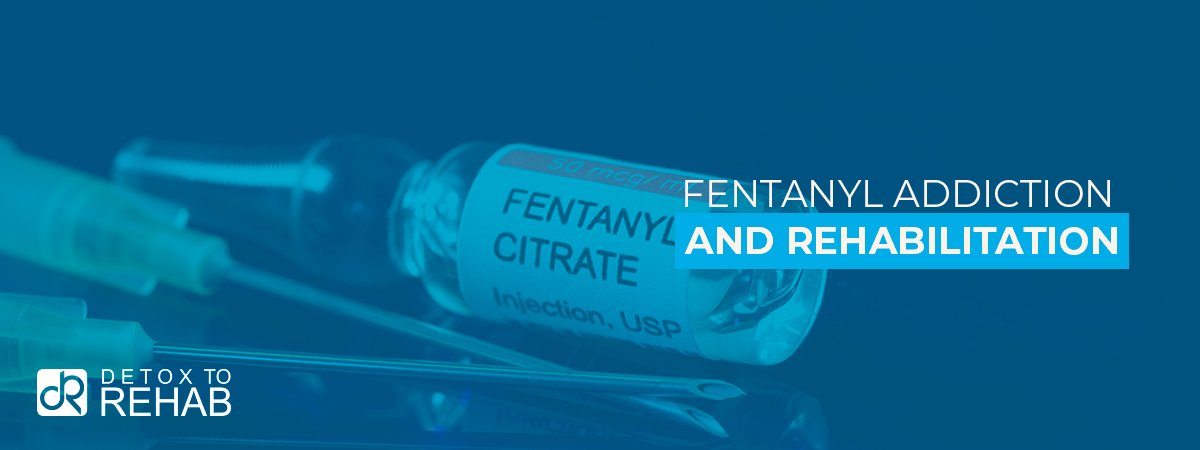

Dangers of Fentanyl
Fentanyl, a synthetic opioid originally developed for pain management, has become notorious for its role in the opioid epidemic due to its extreme potency and high risk of addiction. Fentanyl is estimated to be 50 to 100 times more potent than morphine, making it not only highly effective at relieving intense pain but also exceptionally dangerous for recreational use or non-medical applications. This essay explores the nature of fentanyl addiction, including its mechanisms, consequences, and the challenges associated with its treatment.
What You’ll find in this article:
- Effects On The Body
- True Stories of Addiction & Recovery
- Recognizing Addiction in a Loved One
- Health Problems from Fentanyl and Addiction
How Fentanyl Works
Fentanyl works by binding to the body’s opioid receptors, which are located in areas of the brain that control pain and emotions. When fentanyl binds to these receptors, it increases dopamine levels in the brain’s reward areas, inducing a state of euphoria and relaxation. The drug’s ability to quickly bring about profound pleasure makes it highly addictive; users may seek to replicate the experience repeatedly, leading to a rapid onset of addiction.
Due to its potency, fentanyl also carries a high risk of overdose. Because it is often mixed with other drugs such as heroin or cocaine—sometimes without the user’s knowledge—it can be difficult for users to know how much fentanyl they are actually consuming, thus significantly increasing the risk of accidental overdose.
Click Here for a confidential benefits check to see if your insurance will cover the cost of treatment or call (866) 578-7471 to speak to a addiction specialist.
Street Names for Fentanyl
Both for lower level suppliers and individuals who purchase Fentanyl illicitly are known to utilize street names. Street names are a means to steer clear of authorities, as well as friends and family. Some Fentanyl street names include: Apache, China Girl, China Town, China White, Dance Fever, Goodfellas, He-Man, Jackpot, King Ivory.

Physical and Psychological Effects of Fentanyl Use
The immediate side effects of fentanyl are similar to other opioids, which include euphoria, nausea, confusion, constipation, sedation, and problems breathing. However, due to its high potency, these effects are more intense and can occur at lower doses compared to other opioids.
Long-term use of fentanyl can lead to a number of severe physical and psychological health issues. Physically, prolonged fentanyl use can cause respiratory distress, gastrointestinal problems, and a weakened immune system. Psychologically, long-term users may experience paranoia, anxiety, depression, and severe mood swings.
The Danger of Overdose
Fentanyl overdose is a critical emergency due to the drug’s extreme potency, which is 50 to 100 times stronger than morphine. Its this potency that’s leading to a wave of overdoses across the country. Miscalculating dosage or by dealers spiking an addicts drug of choice. This is killing people. An overdose can depress central nervous system functions, leading to dangerously slowed breathing, heart rate, loss of consciousness and potentially death. Learn more about Fentanyl overdose.
Challenges in Treating Fentanyl Addiction
Treating fentanyl addiction presents unique challenges. The drug’s potency and the speed at which addiction can develop make withdrawal and detoxification particularly difficult and potentially dangerous. Withdrawal symptoms can be severe and include muscle and bone pain, sleep problems, diarrhea and vomiting, and severe cravings.
Medically supervised detox is often necessary to manage withdrawal safely. Following detox, long-term treatment typically involves a combination of medication-assisted treatment (MAT), behavioral counseling, and support groups. Medications such as buprenorphine, methadone, and naltrexone can be used to help reduce cravings and manage withdrawal symptoms in a controlled manner.
Helping a Loved One Suffering from Addiction
Helping a loved one suffering from fentanyl addiction requires urgent and compassionate action, particularly due to the high risk of overdose associated with this potent opioid. Organizing an intervention can be a crucial step. This involves gathering friends and family to confront the individual about their addiction and the dangers involved, including the very real risk of a fatal overdose. During the intervention, it’s important to express care and concern while encouraging them to seek professional treatment. Given fentanyl’s potency, having naloxone on hand—an antidote for opioid overdose—is essential for immediate response to accidental overdoses while pursuing long-term recovery solutions. Learn more about an intervention for your loved one.
Related Articles
- How to help an addict
- Shooting Fentanyl
Frequently Asked Questions
Q: What is fentanyl and why is it so addictive?
A: Fentanyl is a synthetic opioid, approximately 50 to 100 times more potent than morphine. It is primarily used to treat severe pain, particularly in cancer patients. Fentanyl’s high potency makes it extremely addictive, as it creates an intense euphoria and profound sense of relaxation. Because the body quickly develops a tolerance to fentanyl, users may seek out increasing amounts, heightening the addiction and risk of overdose.
Q: What are the signs of fentanyl addiction?
A: Signs of fentanyl addiction include intense cravings for the drug, inability to stop using despite knowing the risks, withdrawal symptoms when not using, and continued use despite negative consequences to health, relationships, and responsibilities. Physical signs can include changes in sleeping and eating habits, weight loss, nausea, constipation, and confusion.
Q: What makes fentanyl overdose particularly dangerous?
A: Fentanyl’s extreme potency increases the risk of overdose, which can be fatal. An overdose can depress breathing and heart rates to dangerously low levels, leading to unconsciousness, coma, or death. Fentanyl overdoses are particularly hazardous because a tiny amount can be lethal compared to other opioids.
Q: How can a fentanyl overdose be treated?
A: A fentanyl overdose is a medical emergency that requires immediate intervention. The administration of naloxone, an opioid antagonist, is the most effective treatment. Naloxone can quickly reverse the effects of an overdose if administered in time. Multiple doses of naloxone may be necessary due to fentanyl’s potency.
Q: What treatment options are available for fentanyl addiction?
A: Treatment for fentanyl addiction often includes medication-assisted treatment (MAT) with medications like methadone, buprenorphine, or naltrexone to help manage withdrawal symptoms and reduce cravings. In addition to MAT, comprehensive addiction programs that include behavioral therapies, counseling, and support groups are crucial. These treatments provide the tools and support needed to achieve and maintain sobriety, address underlying issues contributing to the addiction, and improve overall quality of life.
Source
- Fentanyl DrugFacts | National Institute on Drug Abuse (NIDA)
- Centers for Disease Control and Prevention – Fentanyl Facts
- MedlinePlues – Drug Use and Addiction
- NIDA.NIH.GOV | National Institute on Drug Abuse (NIDA)
- HHS.gov – Addiction and Substance Misuse Reports and Publications








